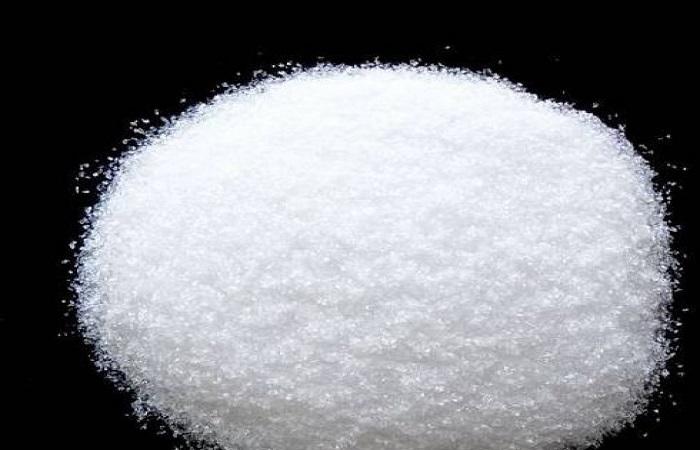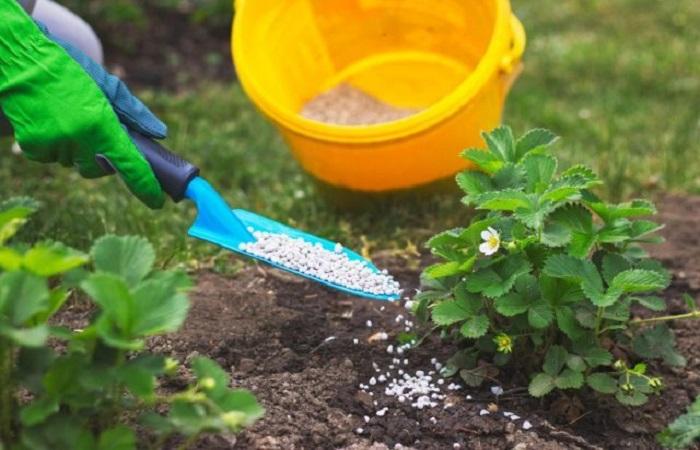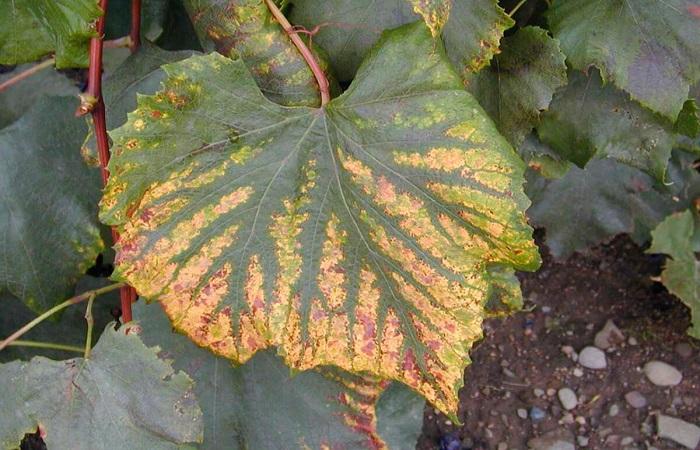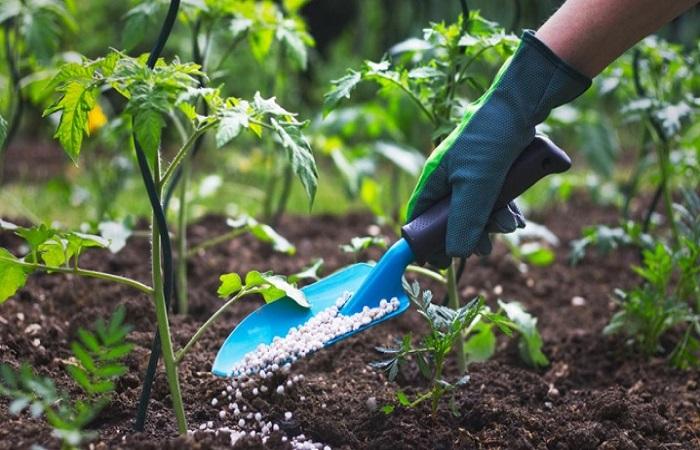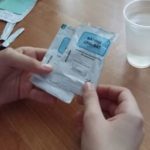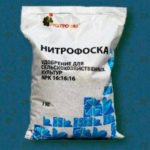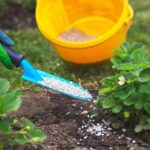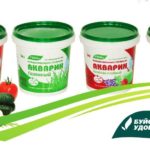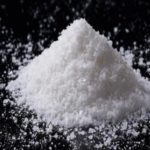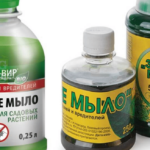Plants for active growth, increasing the root system and green mass, as well as producing large, juicy fruits, need not only basic minerals - nitrogen, potassium and phosphorus. For full development, they also need microelements, one of which is magnesium. It is best if it comes in the form of magnesium nitrate, which is easily and completely absorbed by plants.
Why do plants need magnesium?
All plants on earth use the principle of photosynthesis to convert carbon dioxide and water into nutrients under the influence of solar radiation through chlorophyll in their cells. Magnesium and nitrogen in nitrate form in the fertilizer stimulate the process of photosynthesis, which leads to more active development of plants, their growth, increased flowering and fruiting. Magnesium increases the activity of certain enzymes and serves as a carrier of phosphorus, which is vital for plants.
Fertilizing with magnesium nitrate is useful for ornamental, berry and fruit plants, vegetables and grains, herbaceous plantings, shrubs and trees.
A deficiency of this microelement leads to depletion of plants and their weakening. Such plantings are easily attacked by pests or dangerous diseases, and cannot withstand drought, strong winds or the dominance of weeds. If magnesium nitrate is not applied to the soil in a timely manner or the crops are not treated with a green mass preparation, magnesium starvation will lead not only to weakening of plantings and a shortage of crops, deterioration in its quality, but also to the death of part of the plants or even the entire plantation. For agriculture at any level, these are irreparable losses. Timely application of magnesium nitrate will help avoid such dangerous consequences.
Formula, composition and properties
Magnesium nitrate has the formula Mg(NO3)2, is a white crystalline powder with high hygroscopicity, due to which it is completely soluble in water. This substance is also called magnesium nitrate or magnesium nitrate. Due to the fact that the fertilizer does not contain sulfates, it can be mixed with calcium nitrate.
Magnesium nitrate is an effective fertilizer that is widely used in agriculture.With its help, you can significantly increase productivity and achieve higher quality products.
Operating principle
The product contains two extremely important elements for plants: nitrogen and magnesium. Nitrogen promotes rapid growth, and magnesium stimulates the process of photosynthesis, activates enzymes and helps the formation of chlorophyll. Its use is especially promising in the early stages of the growing season, as it helps accelerate the growth of plantings and makes them stronger, more resilient, and resistant to environmental influences.
It enters cells along with water from the soil, stimulating the formation of chlorophyll in them. A large amount of this substance means that the plant is more efficient at transforming water and carbon dioxide into nutrients under the influence of solar radiation. Thus, crops that receive a sufficient amount of microelements grow, bloom and bear fruit well.
Symptoms and consequences of element deficiency
A lack of magnesium leads to a serious plant disease - chlorosis. This condition can be provoked by a lack of various microelements - iron, nitrogen. Unlike nitrogen deficiency chlorosis, in which the foliage of the lower level begins to turn yellow, with magnesium starvation, yellowing begins with the foliage of the middle level.
This condition significantly weakens the plant, as it indicates a lack of chlorophyll. Because of this, photosynthesis deteriorates, and plantings do not receive enough nutrients even with sufficient lighting and watering. As a result, if the supply of magnesium is not restored, the plantings may become depleted and die.
How to use it correctly?
The drug is used for root and foliar feeding, as well as for drip irrigation and hydroponic cultivation.The product is used for berries, fruits, vegetables and grapes, for open and closed ground.
In open ground, plantings are watered with 0.01-0.1% working solution at the rate of 0.1-1 kilogram of magnesium nitrate per 100 liters of water. In greenhouses, a 0.01-0.05% solution is used with a consumption of 0.1-0.5 kilograms of magnesium nitrate per 100 liters of water. Foliar feeding is carried out with a 1% working solution, which is obtained by diluting 1 kilogram of magnesium nitrate in 100 liters of liquid.
Safety precautions
The rules for handling the substance do not differ from the safety precautions adopted in relation to other fertilizers:
- When working with the drug, you must use personal protective equipment: goggles, masks or respirators, protect your hands with rubber gloves.
- When spraying, you need to wear closed clothing, which must be changed after work, wash with soap, wash your hands and take a shower.
- While working in open areas or indoors, you must not eat, drink water or other drinks, smoke, or talk.
- In case of contact with skin or mucous membranes, or in eyes, rinse with plenty of water.
Accidental ingestion of fertilizer requires gastric lavage and medical attention.
If the rules are followed, the use of the product does not harm either humans or the environment, including aquatic fauna and honey bees.
Terms and rules for storing fertilizer
Magnesium nitrate is extremely hygroscopic, therefore, to prevent the formation of lumps and caking of the drug, it must be stored in dry places, protected from sunlight, in tightly closed containers or packaging.
Provided that magnesium nitrate is contained in a hermetically sealed container, the shelf life of the drug is not limited.

